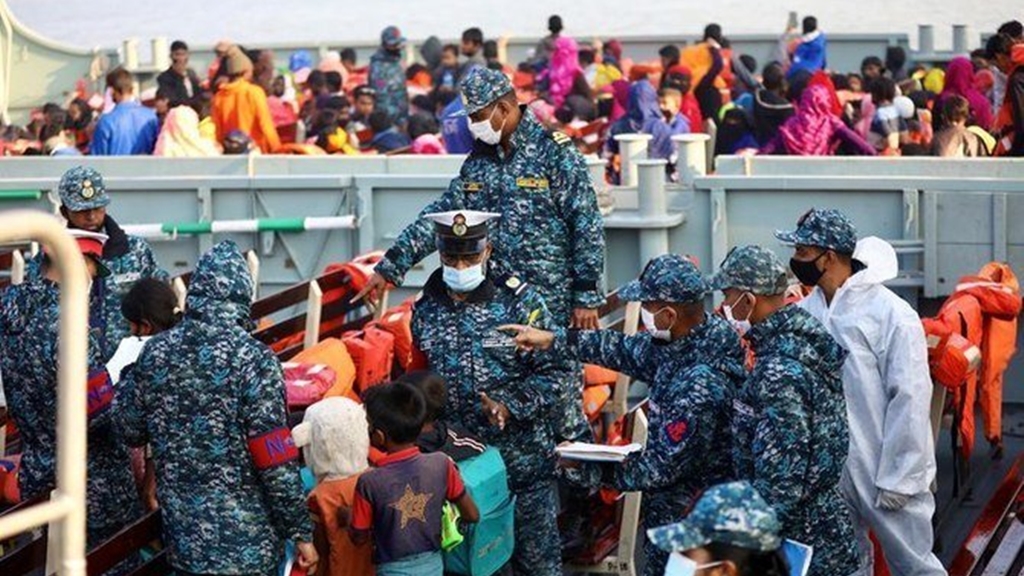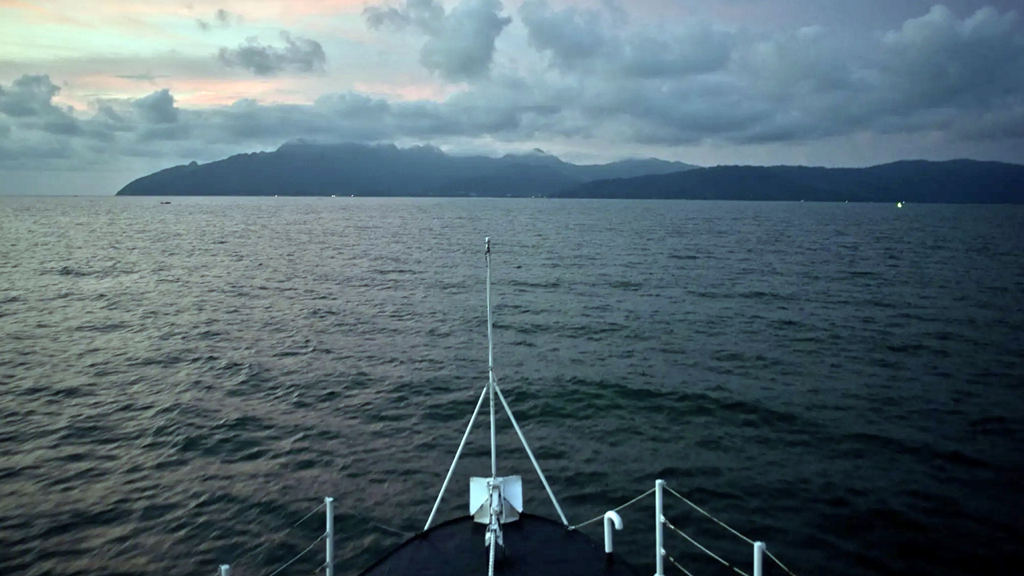
Dhaka is risking disaster with Rohingya relocation
- 14/10/2021
- 0
By Dr. Azeem Ibrahim, Arab News
Bangladesh agreed a new deal with the UN early this month that will allow Dhaka to move another 81,000 Rohingya refugees from Cox’s Bazar, near the border with Myanmar, to Bhashan Char, a silt island farther north in the Bay of Bengal. This will bring the total number of refugees on the island to 100,000 by the end of February, close to 10 percent of the entire Rohingya population previously gathered in Cox’s Bazar.
This is significant for a number of reasons. The first is that the island remains a source of concern for international humanitarian observers because of its precariousness. Bhashan Char is made of silt and only emerged from the bay in 2006 — not exactly the most reassuring geographical feature in terms of permanence. For the island to be a long-term shelter, Bangladesh will have to invest in flood defenses and coastal management for the foreseeable future.
Then there is the absence of fresh water sources. And even if agriculture is possible, it will never be able to sustain a population of thousands, let alone hundreds of thousands. In other words, all the refugees in Bhashan Char will be dependent on Dhaka for food, water and infrastructure support indefinitely.
The second reason is that the ramping up of relocations from Cox’s Bazar indicates that Bangladesh is beginning to acknowledge that a return of the refugees to Myanmar is unlikely in the foreseeable future. Far from improving, the situation in their homeland continues to deteriorate in the wake of the military coup in February, and the country continues to inch closer to civil war. Myanmar’s military dictatorship is hardly going to welcome the Rohingya back with open arms after having spent the past five years trying to purge them from the country altogether.
Third, the insistence on Bhashan Char as a relocation site suggests that Bangladesh risks making profound strategic mistakes in its efforts to accommodate the Rohingya as a more permanent part of their country. For one, the island will be close to absolute capacity with the plan to increase numbers there to 100,000. That means the plan must be to break up the Rohingya community into smaller segments as they are relocated.
There are good reasons to move people on from Cox’s Bazar. The geography of the place can be treacherous, with frequent landslides; the “infrastructure” that emerged in the camps as people flooded in is of poor quality and dangerous; and the informal economy and criminal elements that have already taken root in the huge camp are posing a threat to both refugees and nearby Bangladeshi communities.
However, separating the Rohingya community into small segments, and moving them to remote and utterly dependent islands, with basically zero likelihood that these new communities will ever become economically self-sustaining, essentially ensures that the “Rohingya issue” will never be resolved in the domestic politics of Bangladesh. The Rohingya will remain a community apart. Invariably seen as a drain on public resources, they will become the subject of debate about how much the public should support them economically. This will encourage resentment on both sides, with potentially catastrophic consequences for all involved.
There are good reasons to move people on from Cox’s Bazar. The geography of the place can be treacherous, with frequent landslides. – Dr. Azeem Ibrahim
The situation remains fluid. If pro-democracy forces in Myanmar eventually manage to assert control over the country, the Rohingya’s prospects of returning home will become much brighter. But unless this best-case scenario occurs, the decisions that Bangladesh is making for the Rohingya may well lead to a new humanitarian disaster. That is entirely avoidable, but the direction of travel is becoming increasingly concerning.
Dr. Azeem Ibrahim is the director of special initiatives at the Newlines Institute for Strategy and Policy in Washington and author of “The Rohingyas: Inside Myanmar’s Genocide” (Hurst, 2017). Twitter: @AzeemIbrahim






